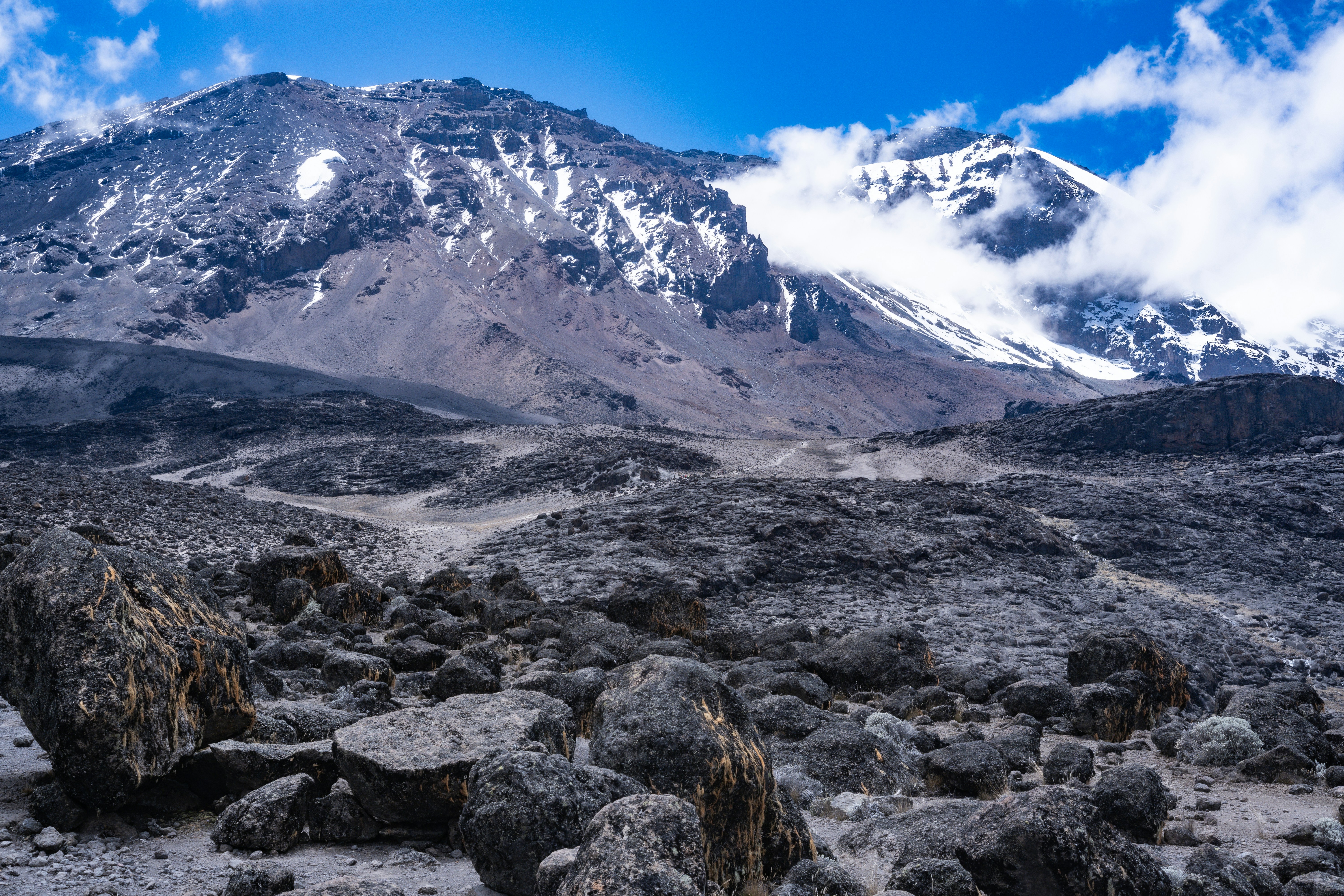Introduction
Tanzania is a haven for wildlife and nature lovers, with some of the most iconic national parks in the world. From the vast savannahs of the Serengeti to the remote wilderness of Katavi, these parks are home to incredible biodiversity, breathtaking landscapes, and unforgettable adventures. Here’s a guide to Tanzania’s top national parks and what makes each one unique.
---
1. Serengeti National Park
The Serengeti is synonymous with African wildlife safaris and is one of the most famous national parks in the world.
What to See: The Great Migration, where millions of wildebeests and zebras traverse the plains, as well as predators like lions, leopards, and cheetahs.
Best Time to Visit: June to October for the migration or January to March for calving season.
---
2. Ngorongoro Conservation Area
Home to the Ngorongoro Crater, this UNESCO World Heritage Site is a geological wonder and wildlife hotspot.
What to See: The Big Five, rare black rhinos, and an abundance of bird species. The crater’s enclosed ecosystem is teeming with life year-round.
Best Time to Visit: June to October for dry-season wildlife viewing.
---
3. Tarangire National Park
Famous for its baobab trees and large elephant herds, Tarangire offers a quieter safari experience.
What to See: Elephants, giraffes, zebras, and seasonal wildlife migration during the dry season.
Best Time to Visit: June to November, when animals gather around the Tarangire River.
---
4. Lake Manyara National Park
Nestled at the base of the Great Rift Valley escarpment, this park is known for its breathtaking scenery and diverse wildlife.
What to See: Tree-climbing lions, large flocks of flamingos, and hippos in the lake.
Best Time to Visit: July to October for game viewing; November to June for birdwatching.
---
5. Ruaha National Park
Ruaha is Tanzania’s largest national park and one of its most untouched wilderness areas.
What to See: Large prides of lions, elusive leopards, and rare wild dogs. Its rugged terrain and baobab forests make it a photographer’s paradise.
Best Time to Visit: June to October for dry-season game viewing.
---
6. Selous Game Reserve (Nyerere National Park)
Selous is one of the largest game reserves in Africa, offering boat safaris and walking safaris in addition to traditional game drives.
What to See: Crocodiles, hippos, elephants, and abundant birdlife along the Rufiji River.
Best Time to Visit: June to October during the dry season.
---
7. Mikumi National Park
Often called a smaller Serengeti, Mikumi is a great choice for first-time safari-goers or those on a tighter schedule.
What to See: Lions, buffalo, giraffes, and zebras roaming the open plains.
Best Time to Visit: June to October for game viewing.
---
8. Katavi National Park
Katavi is a remote and untouched gem, perfect for adventurous travelers seeking solitude.
What to See: Large hippo pods, crocodiles, and herds of buffalo in the dry season.
Best Time to Visit: July to October for concentrated wildlife around water sources.
---
9. Gombe Stream National Park
Famous for Jane Goodall’s groundbreaking research on chimpanzees, Gombe is a haven for primate enthusiasts.
What to See: Wild chimpanzees in their natural habitat and stunning views of Lake Tanganyika.
Best Time to Visit: June to October or February to March for trekking.
---
10. Mahale Mountains National Park
Mahale is another great destination for chimpanzee trekking and offers stunning views of Lake Tanganyika.
What to See: Chimpanzees, unique birds, and pristine beaches along the lake.
Best Time to Visit: July to October for clear trekking trails and wildlife spotting.
---
Conclusion
Tanzania’s national parks are a treasure trove of natural wonders and wildlife experiences. Whether you’re looking for thrilling safaris, primate encounters, or serene landscapes, there’s a park that will capture your heart.
Start planning your adventure today, and let Tanzania’s national parks leave you with memories that will last a lifetime!
Exploring the Wonders of Tanzania’s National Parks
